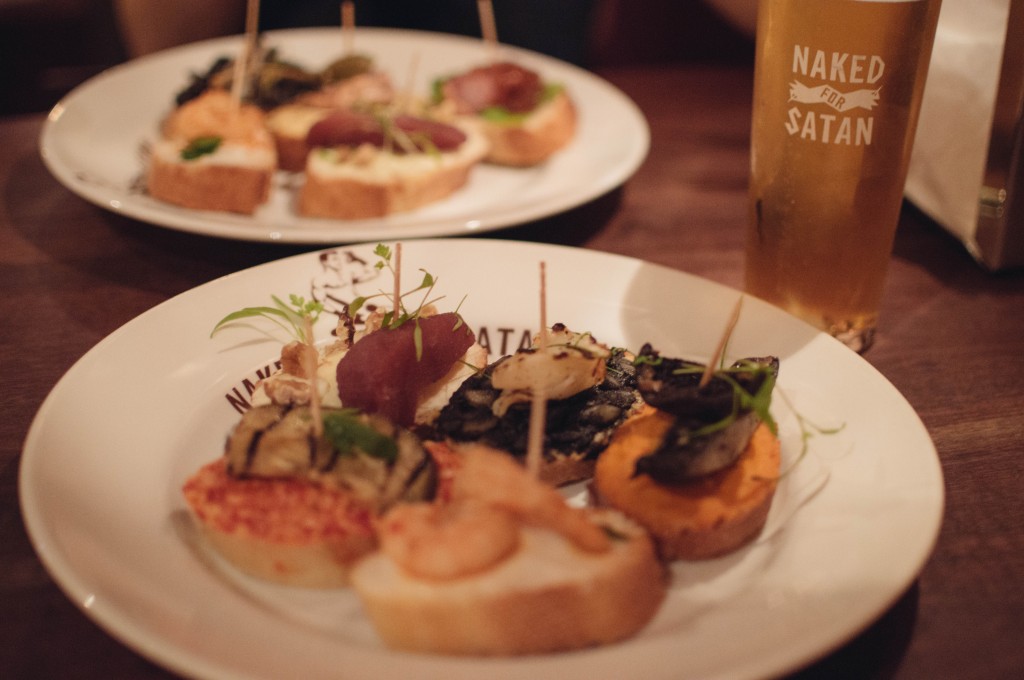For our final Niki, my group and I have chosen to work on Julian Assange, the infamous founder of WikiLeaks. I’ve been doing some massive digging about Julian Assange all day, and to say he is an intriguing man (he even looks the part!) is a terrible understatement.
From a young age, he had already displayed signs of his passion for justice. In a biography, WikiLeaks: Warrior for Truth, it mentioned somewhere that Julian would be the kid to let the spiders run while others stomped on them. Perhaps it was genetic. His mom, Christine, was a hippie, a traveling puppeteer and an activist. She would participate in campaigns and protests she felt strongly for. She stood for freedom and even embodied it — she would wear a bikini all day if she felt like it. She was averse to “reductive and legislative systems” and believed any impediment to freedom kills intelligence and creativity. That was the wing Julian grew up under.
Today, he is sealed within the four walls of the Ecuadorian embassy in London, avoiding extradition to Sweden over sexual allegations. And that’s what our Niki will based around. We aim to write a feature article; a journalist’s memoir on a day with Julian at London’s Ecuador embassy. We’re going to reveal his beliefs and convictions regarding freedom and censorship through his actions and conversations. Feel free to comment and let me know what you think!





















